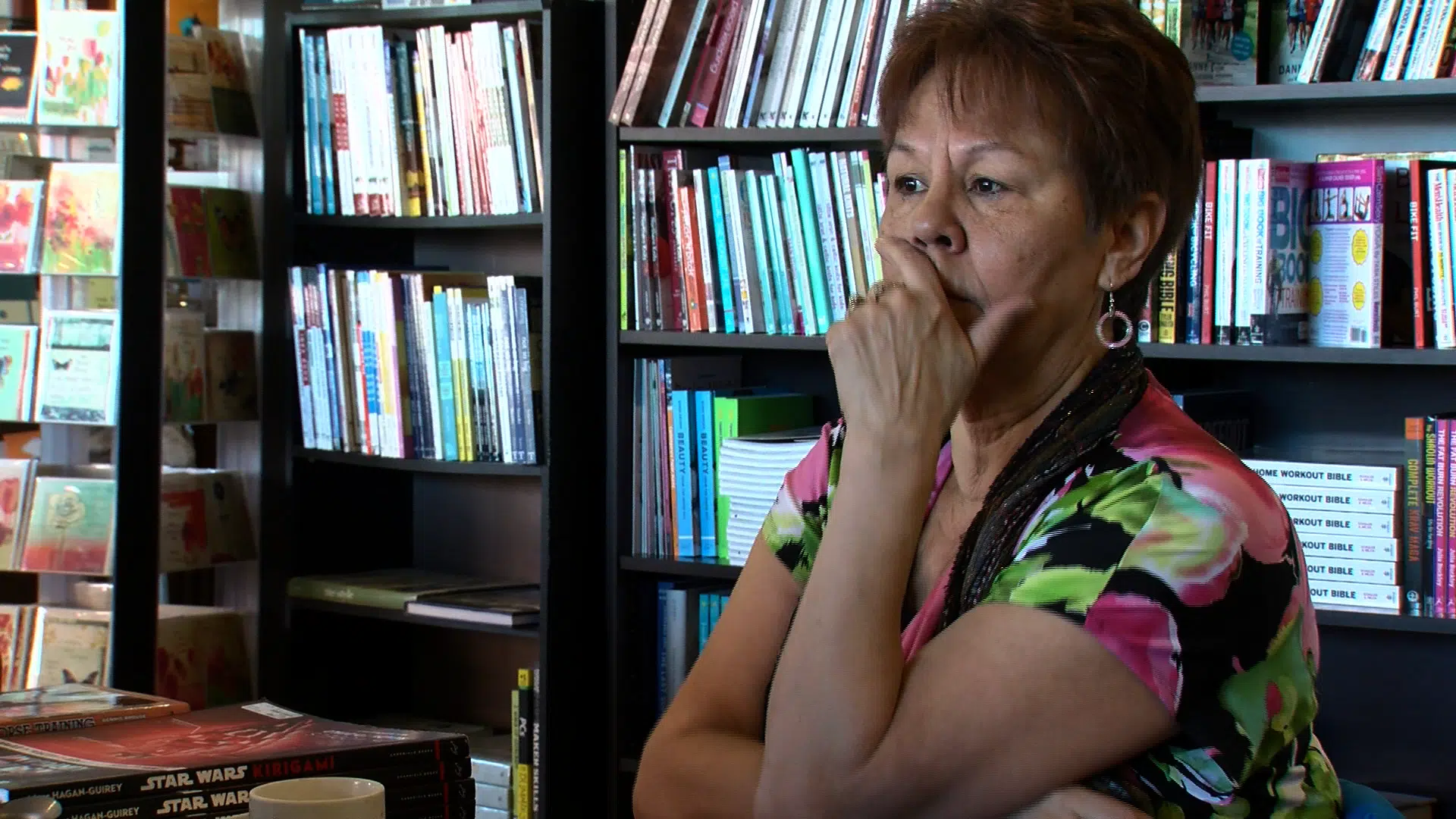
Cancer Screening Lacking For First Nations Women
PRINCE GEORGE – “Always in the back of your head, right? Do I have it? Do I have it? Because you think, cancer and death. You know what I mean?”
That is how Pearl Lalonde began her cancer journey in May of 2014 after a routine mammogram. Her cancer was caught early and, today, she is a survivor because of it. But through the course of her treatment at the BC Cancer Agency Centre for the North, she noticed something. The lack of First Nations women getting treatment. And, in many ways, she understands, it’s a cultural issue.
“They’re scared to deal with it. I never talked about it for a long time,” says Lalonde. “I don’t what part of that is but, like residential schools. My mother was in a residential school. Horrible, horrible stories. She would never talk about it. Because if you talked about it, you had to deal with it.”
It’s an issue identified recently by the BC Cancer Agency.
